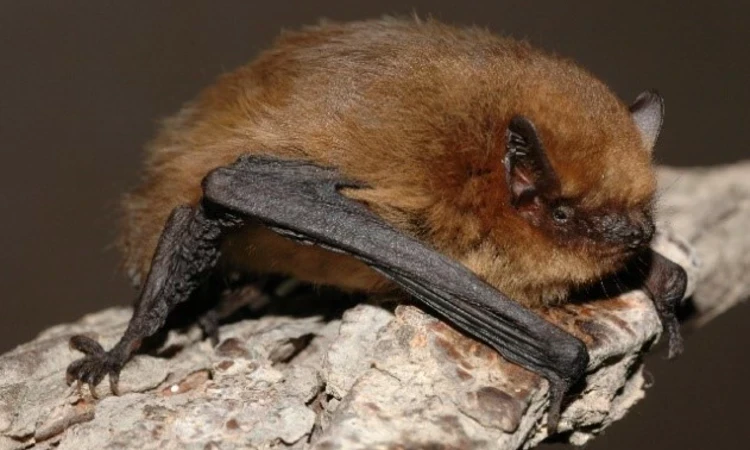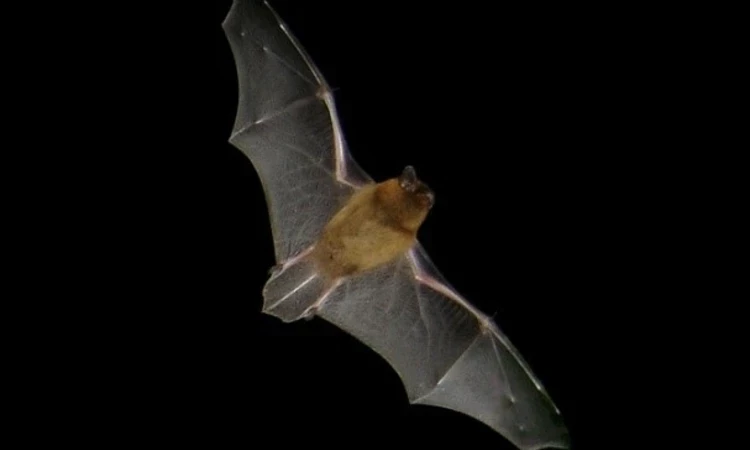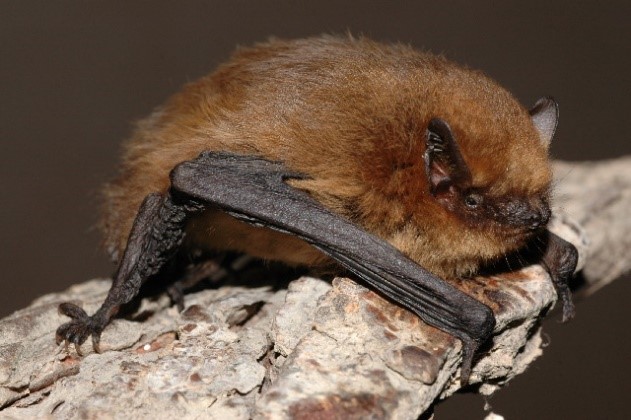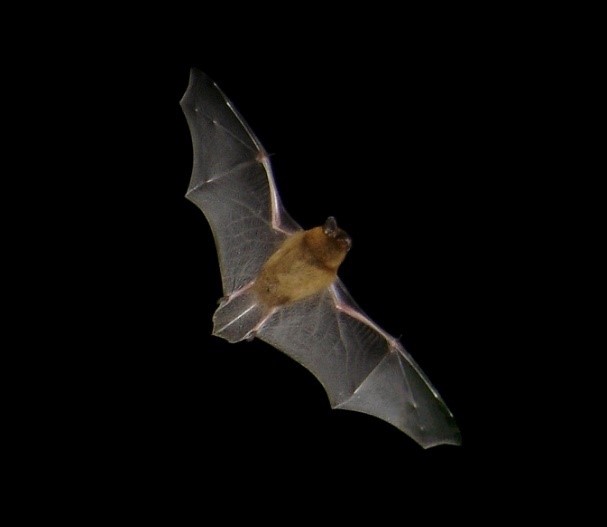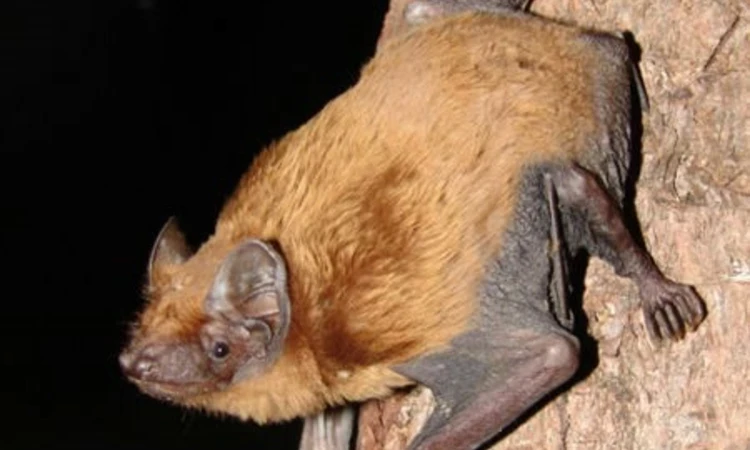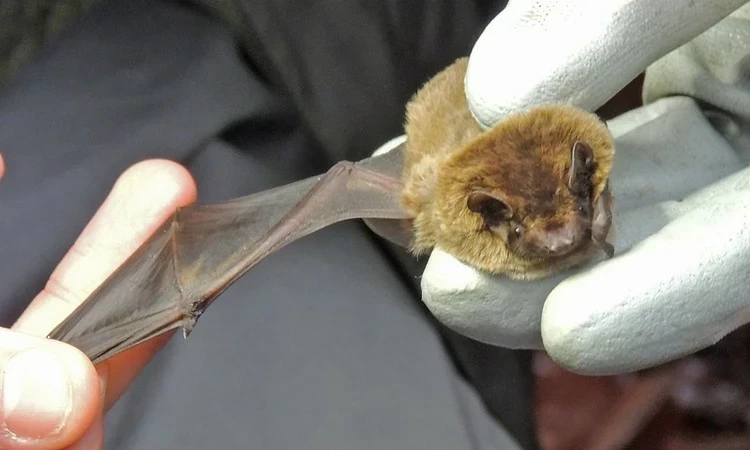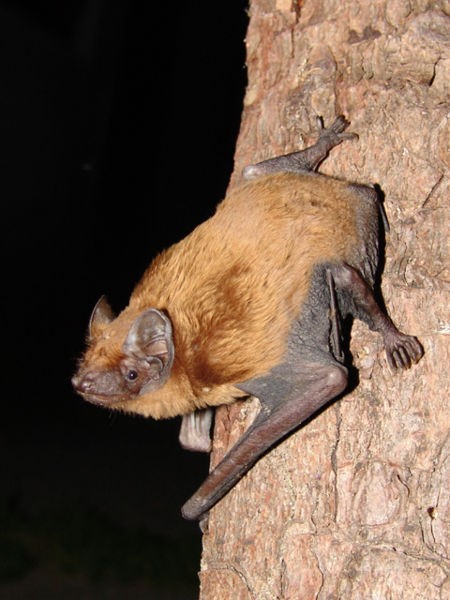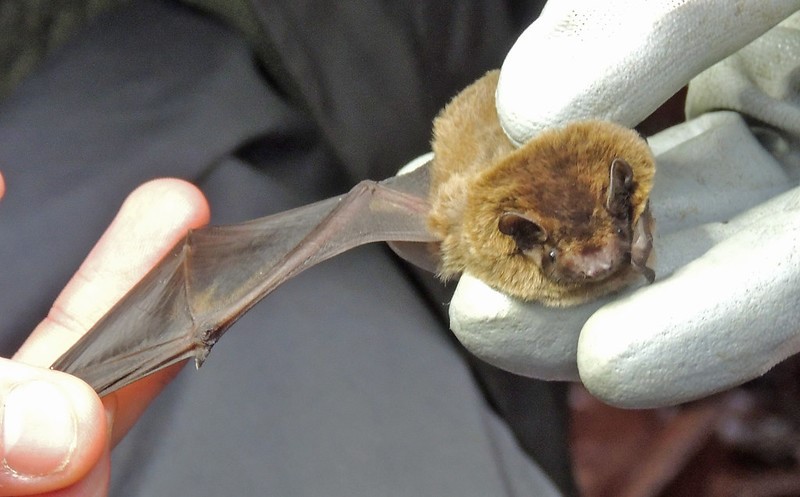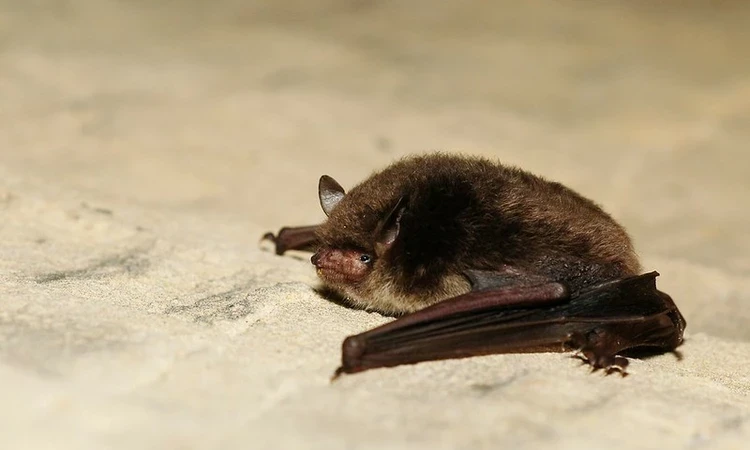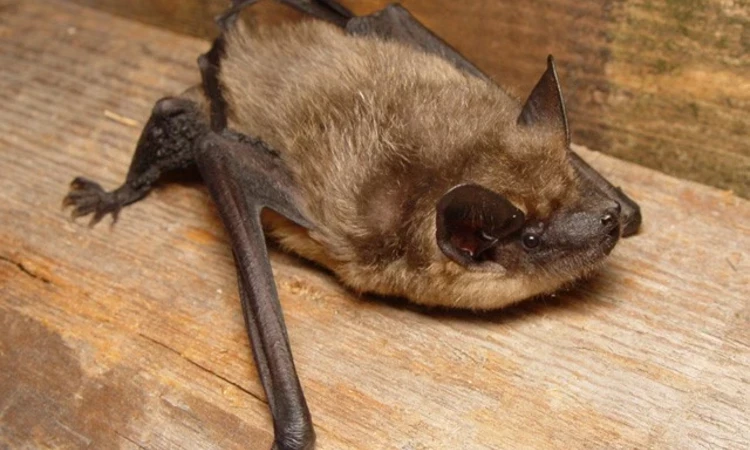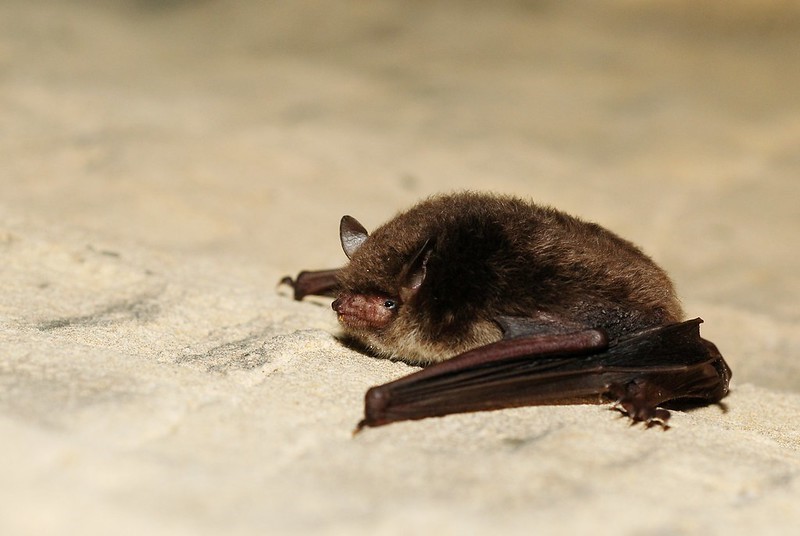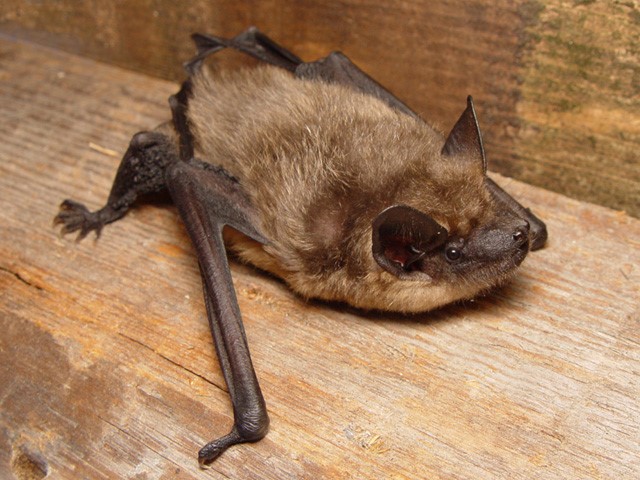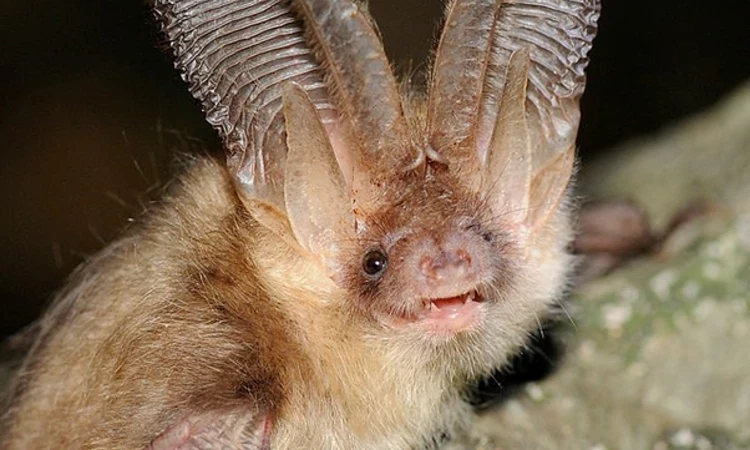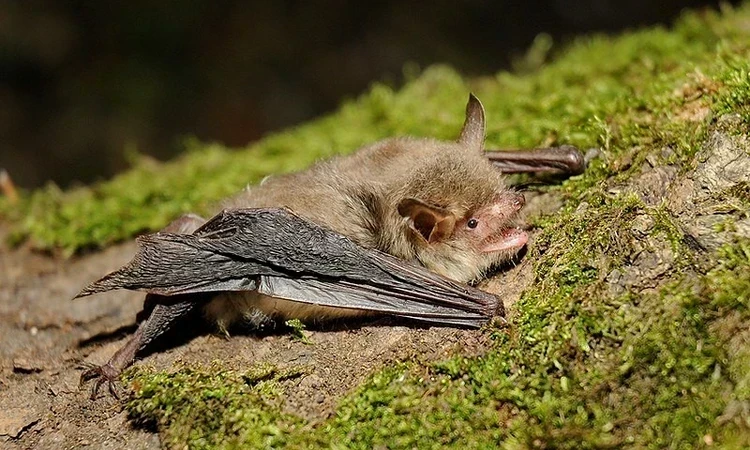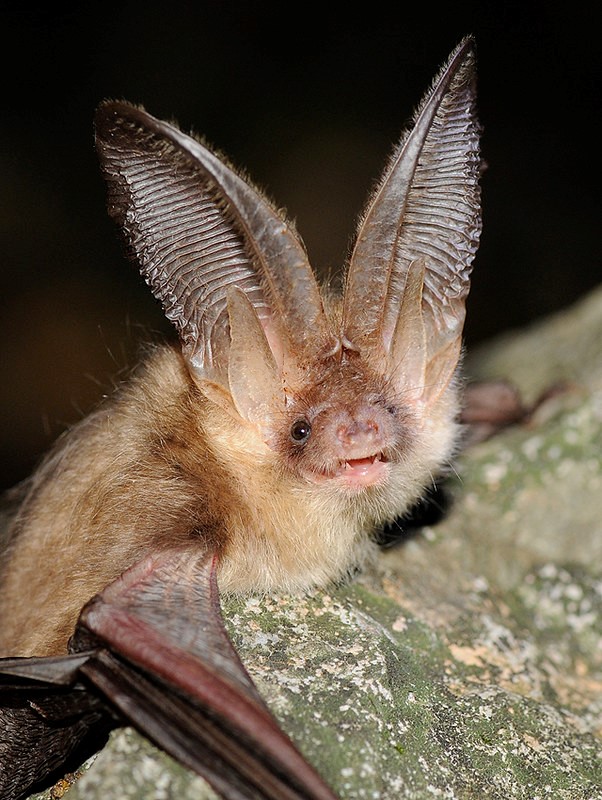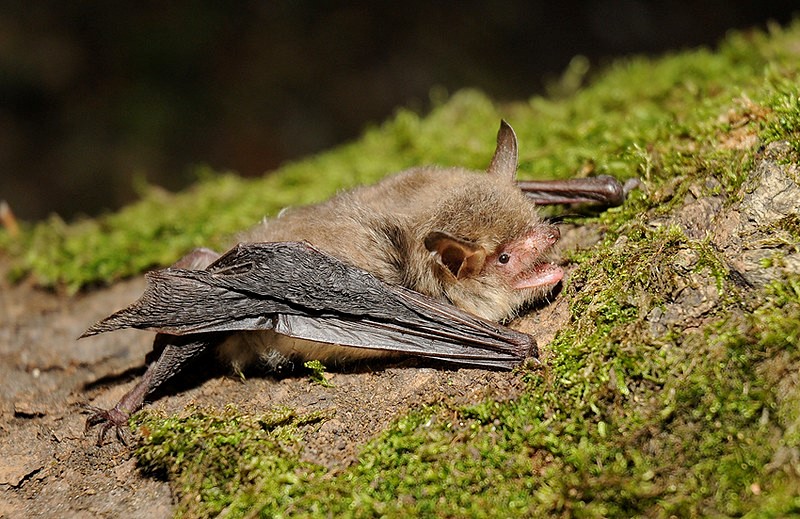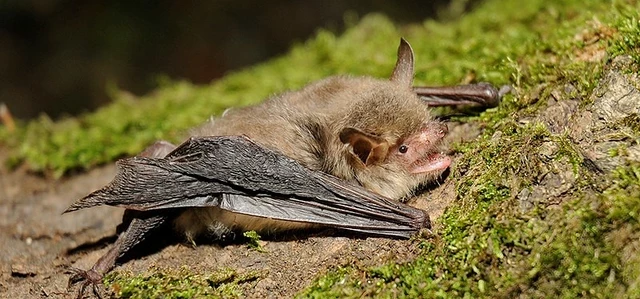
UK Bat Species
Bats are amazing creatures. Found across the world, they’re the only true flying mammal, and one of our most misunderstood species.
For National Bat Appreciation Day, we’d like to introduce you to the different UK bat species found in the Royal Parks.
Bat Facts
- Did you know that a fifth of all mammals worldwide are bats? There are around 1,300 species across the globe, found everywhere on earth apart from the Arctic, Antarctic, and a few Oceanic islands. In the UK there are 18 species – making up nearly a quarter of all mammal species in the country.
- Bats in the UK all use echolocation to find their food and navigate while flying. They emit a series of clicks, which bounce off nearby objects and allow them to build up a picture of what’s around them. Despite the phrase “blind as a bat” however, bats can also see - not very well - but it allows them to find each other when roosting.
- Echolocation is too high pitched for humans to hear – so we use bat detectors to pick them up and identify species, as each bat echolocates at a different frequency and rhythm.
- Unlike most small mammals, bats are very long lived, and can reach 30 years old. This is very unusual for a small mammal with a fast metabolism.
- In fact, most bats only have one baby a year, which is one reason why it’s so important to protect their roosts and maternity sites. They mate in the autumn, but the female delays conception until spring, with babies being born in the summer.
- Bats hibernate in winter, finding a secure roosting site and usually gathering in groups. They wake up again in spring but will sometimes emerge for a bit on warmer winter nights to feed, before returning to hibernation.
Common and Soprano Pipistrelles
Pipistrellus pipistrellus and Pipistrellus pygmaeus
Found in: All of our Royal Parks, including Brompton Cemetery.
Considered the same species until 1999, these tiny bats are the smallest in the UK. The main way to tell them apart is their voice – Common Pipistrelle echolocate at a lower frequency than Sopranos – hence the name. These are the type of bat you’re most likely to see – although tiny they have a very distinctive, zig-zag flight which distinguishes them from birds. They mostly eat tiny insects like midges, and one pipistrelle can consume up to 3,000 insects in one night. A third type of pipistrelle – Nauthusius’ Pipistrelle (Pipistrellus nathusii) has also been found in the Royal Parks. These are larger, paler pipistrelles, with a lower echolocation call.
Noctule and Leisler’s
Nyctalus noctule and Nyctalus leisleri
Found in: All of our Royal Parks, including Brompton Cemetery.
At 6-8cm long, with a 30-40cm wingspan, Noctules are the UK’s largest bat – but can still fit in the palm of your hand. Leisler’s bats are very similar but are a bit smaller and have a “mane” of fur around their face and the top of their wings. Leisler’s have previously been known as Lesser Noctules, or the Hairy Armed Bat. These bats are quite chatty, making chirping social calls to each other that can be heard by humans. They also echolocate at such a low frequency that some children can hear them without bat detectors. These bats feed on flying beetles like cockchafers, and have a long, swooping flight as they glide through the air to catch them, meaning they are sometimes mistaken for swifts.
Daubenton’s
Myotis daubentonii
Found in: Bushy Park, Hyde Park, Kensington Gardens, The Regent’s Park and Richmond Park.
These bats live near water, and forage for insects above lakes and canals. They prefer still water, as too many ripples can throw off their echolocation. They catch their prey in their mouths, or sometimes even scoop them up with their tails. They like to fly very low over the water to pick up insects, like a tiny hovercraft. These bats have pale grey bellies, brown fur and a pink face.
Serotine bat
Eptesicus serotinus
Found in: Bushy Park and Richmond Park
These bats usually live in old buildings, and are only rarely found in trees, the preferred roosting place for most other UK bats. They like to eat beetles and have been known to snatch them from vegetation on the ground as well as from mid-air. They can even eat large beetles while flying, moving them around in their mouths to eat the body and spitting out the hard wing cases. They have long brown fur with a golden belly and a black face. Their echolocation isn’t regular like other bats, and has been described as having an irregular, “jazzy” beat.
Brown Long-Eared
Plecotus auritus
Found in: Bushy Park, Richmond Park, and potentially others
These bats are easily distinguished by their long ears – nearly as long as their body! These allow them to echolocate very quietly, which stops insects from feeling the vibrations and escaping out of the way, which some moths have learned to do with louder bat calls. This also means they are very difficult to pick up with bat detectors, so it’s possible they may be found in more parks than just Richmond and Bushy, we just haven’t found them. Their broad wings mean they have quite a slow flight, and can even hover. When they sleep, they fold their long ears under their wings to keep them warm!
Natterer’s
Myotis nattereri
Found in: Richmond Park
These bats are similar to Daubenton’s, but have a ridge of hair on the tail. They forage much closer to foliage than other bats, echolocating at a very broad frequency to allow them to find prey in cluttered environments. They have even been known to land on the ground and chase prey along the floor. They tend to roost in caves or cave-like environments such as cellars or old churches. They tend to roost by wedging themselves into crevasses, sometimes at odd angles like on their sides, or resting on their heads!
